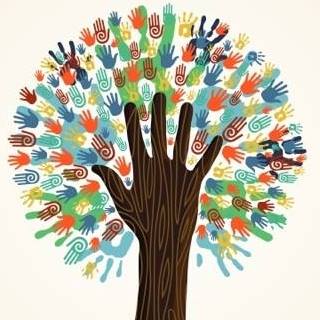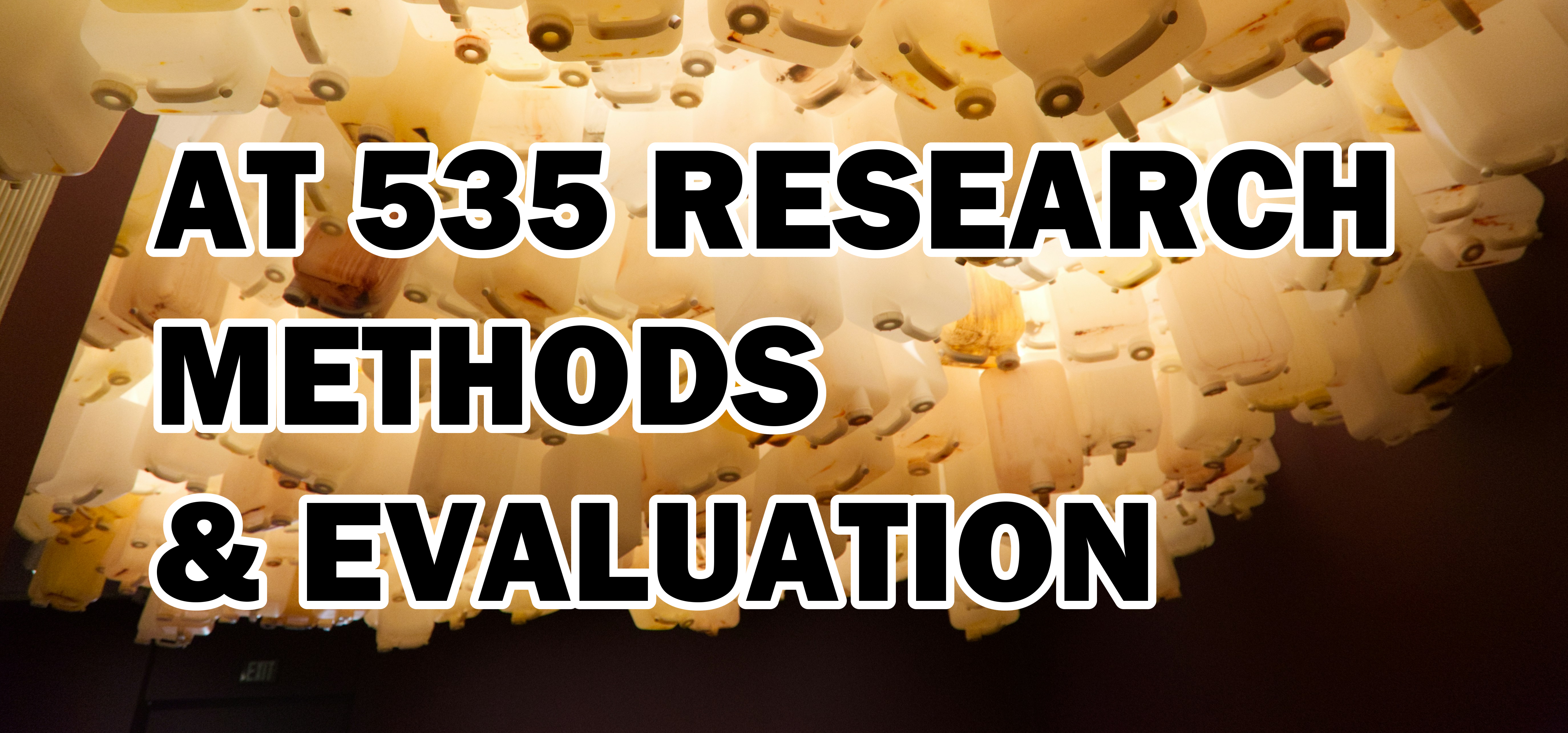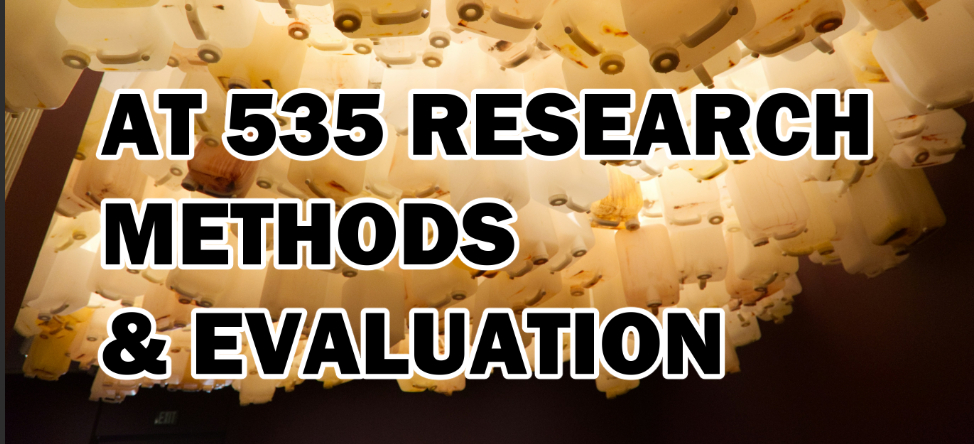- Teacher: Kristine Bella
Lewis & Clark Moodle
Search results: 3449
- Teacher: Kristine Bella
- Teacher: Kristine Bella
- Teacher: Kristine Bella
- Teacher: Kristine Bella
- Teacher: Missy Satterberg
therapeutic relationships, review and practice of
helping skills with an overview of social and
cultural contexts, types of practice, supervision,
ethical principles, and professional orientation.
- Teacher: Kristine Bella
- Teacher: Stephanie Solano
- Teacher: Missy Satterberg
- Teacher: Justin Rock
- Teacher: Justin Rock
- Teacher: Justin Rock
- Teacher: Justin Rock
- Teacher: Justin Rock
structure and uses of the DSM 5 for diagnosing
mental and emotional disorders. Limits and
weaknesses of these approaches--especially with
regard to cultural differences-- will be explored,
as well as alternatives to them.
- Teacher: Justin Rock
- Teacher: Gregory Crosby
- Teacher: Justin Rock
- Teacher: Justin Rock
structure and uses of the DSM 5 for diagnosing
mental and emotional disorders. Limits and
weaknesses of these approaches--especially with
regard to cultural differences-- will be explored,
as well as alternatives to them.
- Teacher: Justin Rock
- Teacher: Jolie Guillebeau
- Teacher: Jolie Guillebeau
Through the lens of art
therapy this course will examine; polyvagal theory, brain development and the
impact of trauma on the developing brain, the stages of treatment when working
with clients who have experienced trauma, methods to protect and manage self-care
to address vicarious traumatization in clinical practice, various methods to
treat trauma with different client populations and showing sensitivity to
cultural, environmental and developmental needs. Teaching methods include but
are not limited to readings, lecture, video, discussions, and experiential art
making directives.
examine: polyvagal theory, brain development and
the impact of trauma on the developing brain; the
stages of treatment when working with clients who
have experienced trauma; methods to protect and
manage self-care to address vicarious
traumatization in clinical practice; various
methods to treat trauma with different client
populations; and showing sensitivity to cultural,
environmental and developmental needs. The course
examines the impact of racial trauma, oppression
and historical and generational trauma to help
students address injustice and support healing.
Teaching methods include but are not limited to
readings, lecture, video, discussions, and
experiential art making directives.
- Teacher: Mary Andrus
examine: polyvagal theory, brain development and
the impact of trauma on the developing brain; the
stages of treatment when working with clients who
have experienced trauma; methods to protect and
manage self-care to address vicarious
traumatization in clinical practice; various
methods to treat trauma with different client
populations; and showing sensitivity to cultural,
environmental and developmental needs. The course
examines the impact of racial trauma, oppression
and historical and generational trauma to help
students address injustice and support healing.
Teaching methods include but are not limited to
readings, lecture, video, discussions, and
experiential art making directives.
- Teacher: Mary Andrus
- Teacher: Justin Rock
- Teacher: Justin Rock
- Teacher: Justin Rock
- Teacher: Justin Rock
- Teacher: Stephanie Solano
approaches to appraisal and diagnosis, data and
information-gathering methods, psychometric
statistics, factors influencing appraisals, and
use of appraisal results in helping processes. The
ability to select, administer and interpret tests
and inventories is developed.
- Teacher: Justin Rock

approaches to appraisal and diagnosis, data and
information-gathering methods, psychometric
statistics, factors influencing appraisals, and
use of appraisal results in helping processes. The
ability to select, administer and interpret tests
and inventories is developed.
- Teacher: Gaelan Harmon-Walker

approaches to appraisal and diagnosis, data and
information-gathering methods, psychometric
statistics, factors influencing appraisals, and
use of appraisal results in helping processes. The
ability to select, administer and interpret tests
and inventories is developed.
- Teacher: Gaelan Harmon-Walker
- Teacher: Missy Satterberg
- Teacher: Missy Satterberg
family and sociocultural contexts. This course
focuses on using a strength-based approach to
building resilience within a developmental
framework.
- Teacher: Katie Dunn
Art therapy with children and adolescents within, family and sociocultural contexts. This course, focuses on using a strength-based approach to, building resilience within a developmental, framework.
- Teacher: Katie Dunn
- Teacher: Missy Satterberg
- Teacher: Missy Satterberg
family and sociocultural contexts. This course
focuses on using a strength-based approach to
building resilience within a developmental
framework.
- Teacher: Katie Dunn
- Teacher: Mary Andrus
- Teacher: Francesca Debiaso
including skill development through roleplaying
and simulated counseling experiences in art
therapy practice.
- Teacher: Beth Ann Short
- Teacher: Katie Dunn

- Teacher: Marie Mellberg
including skill development through roleplaying
and simulated counseling experiences in art
therapy practice.
- Teacher: Katie Dunn
- Teacher: Katie Dunn
- Teacher: Katie Dunn
- Teacher: Missy Satterberg
- Teacher: Missy Satterberg
content components of graphic imagery in relation
to clients' domains of functioning and how it
contributes to a deeper understanding of the
clients' clinical needs when formulating a
clinical assessment and treatment plan.
- Teacher: Emily Trum
- Teacher: Emily Trum
- Teacher: Kristine Bella
- Teacher: Kristine Bella
- Teacher: Kristine Bella
Examination and analysis of the expressive and
content components of graphic imagery in relation
to clients' domains of functioning and how it
contributes to a deeper understanding of the
clients' clinical needs when formulating a
clinical assessment and treatment plan.
- Teacher: Kristine Bella
- Teacher: Kristine Bella
- Teacher: Kristine Bella
- Teacher: Emily Trum
- Teacher: Gaelan Harmon-Walker
- Teacher: Gaelan Harmon-Walker

- Teacher: Gaelan Harmon-Walker

- Teacher: Gaelan Harmon-Walker
- Teacher: Gaelan Harmon-Walker
- Teacher: Erin Partridge
- Teacher: Erin Partridge
- Teacher: Gaelan Harmon-Walker
- Teacher: Gaelan Harmon-Walker
- Teacher: Gaelan Harmon-Walker
- Teacher: Erin Partridge
- Teacher: Erin Partridge
- Teacher: Erin Partridge
Professional Orientation and Ethics provides a
survey of current issues related to ethical
practice and legal responsibilities within the
disciplines of art therapy and related fields.
Professional organizations and associations;
preparation standards and credentialing, history
and trends, ethical and legal standards and
supervision are addressed.
- Teacher: Beth Ann Short
Professional Orientation and Ethics provides a
survey of current issues related to ethical
practice and legal responsibilities within the
disciplines of art therapy and related fields.
Professional organizations and associations;
preparation standards and credentialing, history
and trends, ethical and legal standards and
supervision are addressed.
- Teacher: Beth Ann Short
survey of current issues related to ethical
practice and legal responsibilities within the
disciplines of art therapy and related fields.
Professional organizations and associations;
preparation standards and credentialing, history
and trends, ethical and legal standards and
supervision are addressed.
- Teacher: Mary Andrus
- Teacher: Beth Ann Short
- Teacher: Stephanie Solano
survey of current issues related to ethical
practice and legal responsibilities within the
disciplines of art therapy and related fields.
Professional organizations and associations;
preparation standards and credentialing, history
and trends, ethical and legal standards and
supervision are addressed.
- Teacher: Juleen Norling
- Teacher: Beth Ann Short
- Teacher: Stephanie Solano
- Teacher: Mary Andrus
- Teacher: Counseling Psychology
art therapy treatment with adults and families
through both traditional psychology and liberation
psychology perspectives. Approaches and treatment
methods are introduced in relation to the
developmental stages of adult life, cultural
contexts, systems and settings.
- Teacher: Katie Dunn
- Teacher: Rainer Rivenburgh
- Teacher: Missy Satterberg
- Teacher: Katie Dunn
- Teacher: Justin Rock
- Teacher: Barbara Shepperson
- Teacher: Justin Rock
- Teacher: Missy Satterberg
- Teacher: Barbara Shepperson
art therapy treatment with adults and families
through both traditional psychology and liberation
psychology perspectives. Approaches and treatment
methods are introduced in relation to the
developmental stages of adult life, cultural
contexts, systems and settings.
- Teacher: Katie Dunn
- Teacher: Rainer Rivenburgh
- Teacher: Missy Satterberg
- Teacher: Katie Dunn
- Teacher: Jillynn Garcia
- Teacher: Mary Andrus
- Teacher: Mary Andrus
- Teacher: Marie Mellberg
- Teacher: Marie Mellberg

- Teacher: Marie Mellberg

- Teacher: Marie Mellberg
understanding of the issues and dynamics in
counseling across social and cultural lines.
Students will explore the nature of society and
culture and how these impact the counseling
process. Students will broaden their scope of
diversity awareness and knowledge including
systems of power and privilege. Attention will be
given to developing an understanding of the
intersectionality of gender, class, race, and
ethnicity in working with diverse populations in a
counseling context.
- Teacher: Portia Jones
- Teacher: Portia Jones
- Teacher: Marie Mellberg

- Teacher: Marie Mellberg
understanding of the issues and dynamics in
counseling across social and cultural lines.
Students will explore the nature of society and
culture and how these impact the counseling
process. Students will broaden their scope of
diversity awareness and knowledge including
systems of power and privilege. Attention will be
given to developing an understanding of the
intersectionality of gender, class, race, and
ethnicity in working with diverse populations in a
counseling context.
- Teacher: Portia Jones
- Teacher: Portia Jones
- Teacher: Marie Mellberg
- Teacher: Francesca Debiaso
- Teacher: Gregory Kaplan
individuals and families in crisis and transition.
Topics include issues such as substance abuse,
domestic violence, sexual abuse, trauma and loss,
poverty, and chronic illness. A portion of this
course emphasizes clinical case conceptualization
and treatment planning.
- Teacher: Erin Partridge
- Teacher: Missy Satterberg
- Teacher: Yael Schweitzer
In this course, students will learn various printmaking methods that do not require a printing press, as these techniques are particularly applicable for art therapists working with diverse populations and in various settings. In addition to technical instructions on printmaking methods, students will participate in group discussions and creation of their own individual and group artworks to connect theoretical concepts and clinical knowledge to the printmaking process.
- Teacher: Miki Goerdt
- Teacher: Cheryl Feldman
- Teacher: Erin Partridge
Dolls and puppets have a long lineage in human life and culture. Dolls and puppets take many forms from simple paper dolls to ornate, kinetic and sculptural creations. In therapy, dolls and puppets can serve as self-representation, a form of narrative storytelling, a means to explore identity, and a stimulus for exploring interpersonal dynamics. This two day course will introduce a variety of doll and puppet techniques for use with a wide range of client populations and settings—not just youth, but across the lifespan. Topics covered include 1. survey of historical doll and puppet creation around the world, 2. representation and symbolism of human forms in art therapy, 3. Techniques for 2-D and 3-D dolls and puppets, 4. Applications of Dolls and puppets in art therapy 5. Use of found and reclaimed materials, and 6. Emotional, ethical and cultural considerations.
Course Description:
This experiential course will incorporate active making and experiential exercises in the use of dolls and puppets in art therapy. Students will explore a wide range of materials and engage in discussion about the application of these materials to use in art therapy for clients across the life and health span. Dolls and puppets have the capacity to serve many roles in the therapeutic context during the process of creation, use of storytelling and play, and reflection on the completed forms. Students will create a resource for their future practices through a ‘doll journal’ and they will also consider the application to a population or setting of interest.
- Teacher: Erin Partridge
- Teacher: Mary Andrus
- Teacher: Mary Andrus
- Teacher: Yael Schweitzer